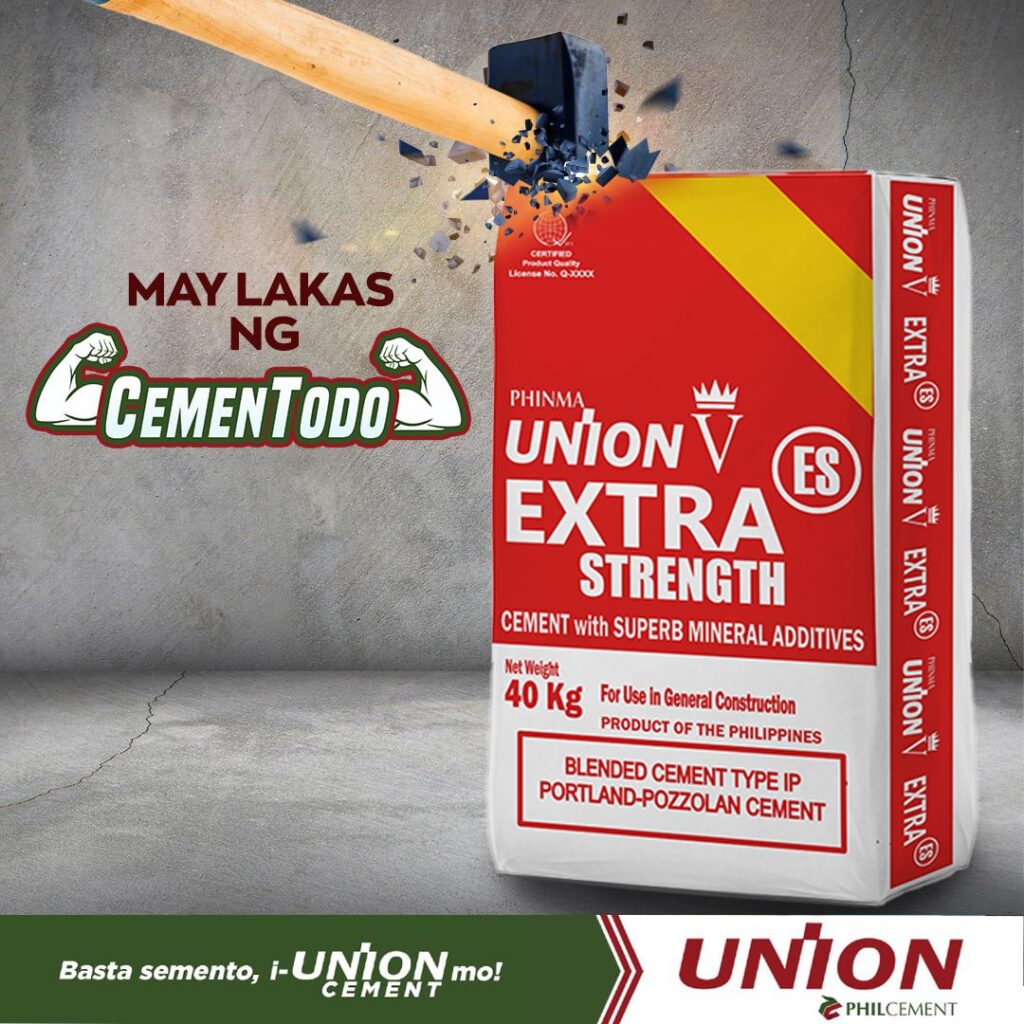People used to perceive concrete as bland, unwelcoming, dull, and cold several decades ago. However, the use of this element slowly became a trend in recent years. This came alongside the popularity of incorporating the color gray in architectural and interior designs. In fact, it is incorporated not just in architectural designs, but in interior designs as well.
The versatility and simplicity of concrete were used by designers from around the world to display a new, modern kind of elegance. Discover the different types of concrete textures for walls and floors, and check where they are commonly applied to find the best one for your room.
Types of Concrete Textures
Let us look at the types of finishes more closely and check where they are commonly applied.
Broom Finish
You often see this kind of concrete texture on sidewalks. A broom is used to run across the surface of the cement while it is still slightly wet. The bristled broom marks are intentionally left there to provide a non-slip concrete floor texture.
This is the preferred type of finish for exterior features, such as verandas and walkways.
Trowel Finish
This is the most common and popular type of concrete texture. As its name suggests, workers use trowels to smoothen the surface of walls or floors it is applied to.
Trowel finish is what lies underneath the painted surface of most structures around the world. It takes more effort to achieve this texture than the broom finish. This is because workers need to do multiple passes to ensure a smooth slab surface.
Polished Finish
Workers use diamond grinding tools to achieve a polished look. This high-gloss surface is often used on floors. Polished concrete may be slippery when wet, but there are ways to remedy this. The use of glass beads and sand is one way to go.
Industrial and commercial settings often use this since it requires minimal maintenance. With the popularity of concrete finishes on residential structures, it is now being incorporated into modern home designs.
Stamped Concrete Finish
Patterns and textures are imprinted on wet concrete to resemble bricks, slates, wood, stone, or other shapes and textures. This kind of finish is often used for outdoor features, such as driveways, patios, and sidewalks.
Choosing this finish may give an aesthetic look to your concrete but it requires an enormous amount of effort to stamp the concrete, align the patterns, and make sure the patterns are uniformly placed.
Salt Finish
This texture is achieved by pressing rock salt onto freshly placed concrete. Once it has set, it is washed away with water. Since the salt is soluble, it would leave random holes in areas previously occupied by the rock salt. The result of this process is a contemporary and unique look.
Exposed Aggregate Finish
The outer layer of concrete is removed to expose the aggregates in the mixture. Doing this gives the concrete skid resistance.
This can be ideal for flatwork, such as plazas, patios, and pool decks. However, it is not limited to the horizontal features of structures. It can also be applied vertically on facades and accent walls. While already a classic, this type of texture is far from being outdated.
Swirl Concrete Finish
This type of finish is achieved by smearing the concrete uniformly in a circular pattern. Doing so produces an overlapping crescent look on the surface. Aside from the beauty of the texture, the patterns also serve as an anti-slip feature, especially when it is raining.
Stenciled Concrete Finish
A stencil is used to leave different patterns on the concrete surface. Staining the concrete can be done with numerous kinds of designs. While aimed at beautifying the surface, using stencils can also help if there are imperfections that are needed to be hidden.
Designers and homeowners have the freedom to incorporate their preferred patterns and textures since modern-day technology can help in customizing the stencils for this type of finish.
Concrete Etched Finish
With the aid of tools, concrete surfaces are carved with customizable patterns. Oftentimes, concrete is stained so as to provide colors to the designs. This can be used both on floors and walls.
Cement Recommendations from the Philippine Cement Company

Whichever concrete wall texture you prefer, there is one cement brand you can lean on to achieve it. Union Cement offers products that not only meet but exceed Philippine and international standards. With this, it is an essential component that should be added to your mixture to achieve the modern look brought by the concrete textures and finishes enumerated above.
Union Cement Union Extra Strength ES is a recommended product for the features of your house you want to have concrete textures on like walls or floors. Kindly consult with your preferred architects on the type of finish for your home project.
Consistent with parent company PHINMA’s vision of making lives better, Union Cement provides a reliable and consistent supply of high-quality bulk and ready-mix cement products and services to support our country’s construction and infrastructure requirements.
Union Cement is part of the PHINMA Construction Materials Group (PHINMA CMG), which includes affiliates Union Galvasteel Corporation, and PHINMA Solar Energy Corporation. The synergy of these three companies allows PHINMA CMG to provide high-quality steel, cement, and solar solutions at outstanding value to customers nationwide.
Union Cement ang Sementong Astig. Basta semento, i-Union Cement mo! Visit our Contact Us page or Union Cement Facebook page to know more.


Latest Posts